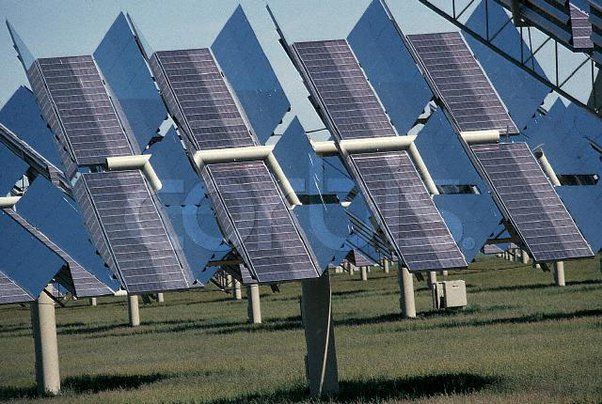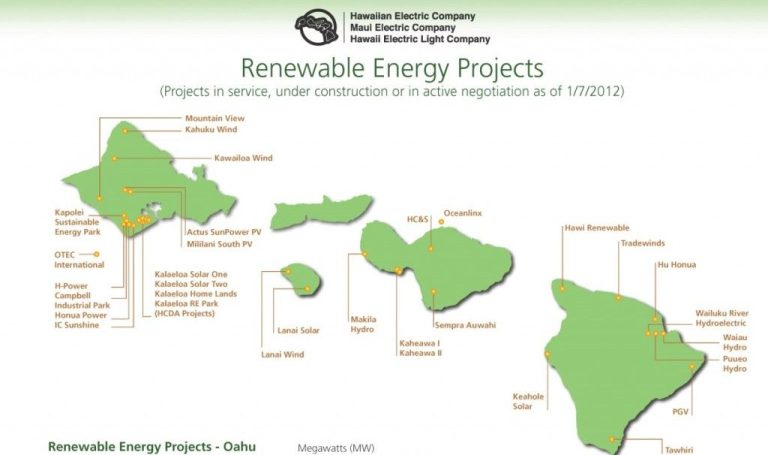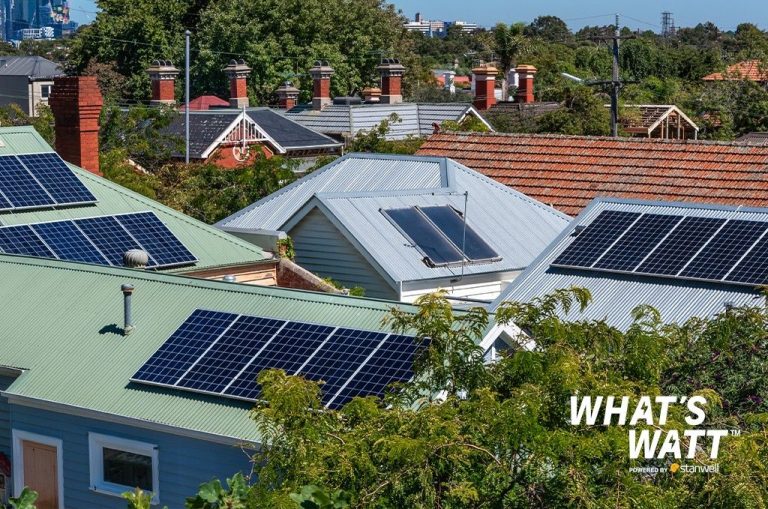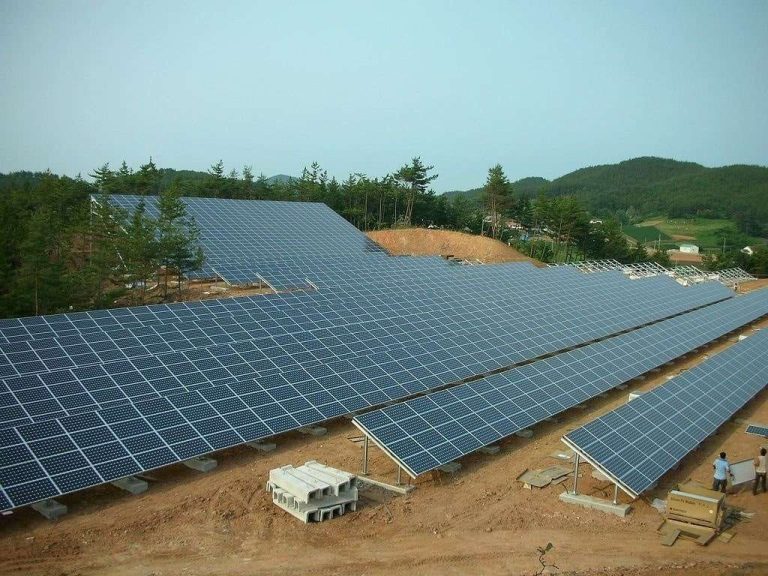What Is The Area Required For Solar Panels?
Solar panels are devices that convert sunlight into electricity. They have become an increasingly popular source of renewable energy for homeowners, businesses, and utilities. To power a home or building with solar panels, enough area is needed to collect sufficient sunlight. The actual area depends on several key factors.
When determining solar panel needs, it’s more useful to look at the total area rather than the number of panels. Panels come in standard sizes, so the area indicates how much roof space or land area must be dedicated to solar energy. This article examines the considerations in calculating suitable solar panel area for 100% solar energy usage.
We’ll look at average energy usage, sunlight hours, panel efficiency, aesthetic preferences, plans for future expansion, and examples that demonstrate how these variables determine the solar panel area needed for a home or business.
Solar Panel Basics
Solar panels, also known as photovoltaic (PV) panels, convert sunlight into electricity. They are made up of many small solar cells, which are made from materials like silicon that allow electrons to be knocked loose when hit by photons from sunlight. The electrons flow from the solar cells through wiring to produce direct current (DC) electricity.
Most solar panels on the market today have efficiencies between 15-22%. This means for every 100 units of sunlight that hits the panels, they convert 15-22 units into usable electricity. Higher efficiency ratings allow solar panels to produce more electricity in the same amount of space.
A typical solar panel is around 65 inches long by 39 inches wide. The most common residential size is 250-300 watts, which at 22% efficiency would be around 1.5 square meters (16 square feet) in size. However, solar panel sizes can range from as small as 50 watts to over 400 watts for larger commercial installations.
Area Needed For 100% Solar
When planning a home solar energy system, the goal is usually to produce enough solar energy to meet 100% of the home’s needs. To achieve this, you’ll need to install enough solar panels to produce as much or more electricity than is consumed on average. The actual area of solar panels needed depends on several key factors:
For a rooftop solar array, you are limited by the total roof space available. South-facing sections of the roof are ideal, as they receive the most sunlight. If the rooftop does not have enough area, ground-mount solar panels may be an option, allowing the array to be spread over a larger ground area.
To determine the solar panel area for 100% energy, start by looking at average electricity usage from utility bills. A typical home uses 500-1000 kWh per month. Then factor in panel wattage and estimated sun hours for the location. Sunnier areas need less panel area than cloudier climates. Finally, allow for future energy usage growth.
As an example, a 1200 kWh per month usage in an area with 5 sun hours per day works out to around 400 square feet of solar panels rated at 20% efficiency. This would fully meet current needs, with room for future growth. The required area may be higher or lower depending on specific circumstances.
With smart planning and quality solar panels, most homes can meet 100% of their energy needs from sunlight alone. Focus on securing enough solar array area during initial installation, and you’ll be powered by free sunlight for decades to come.
Energy Usage
The amount of electricity you use in your home has a big impact on the solar system size and area of panels needed. The average U.S. home uses about 893 kWh per month. However, energy usage can vary widely based on the size of home, number of residents, appliances, electronics, and climate control needs.
For example, a small 2-bedroom home with energy efficient appliances may only use 500 kWh per month. This lower energy usage means a smaller solar system is required, reducing the total area of solar panels needed. On the other hand, a large 5-bedroom home with high energy appliances like multiple refrigerators may use over 3000 kWh per month. More energy usage requires a larger solar system and more panel area.
When calculating solar panel area needed, it’s important to take a close look at your actual energy usage. Monitoring your monthly electric bills for a full year will provide an accurate average to base solar system sizing on. This ensures your solar array will be able to fully meet your home’s unique energy demands.
Sunlight Hours
The amount of sunlight a location receives has a big impact on solar panel output. Solar panels can only produce electricity when the sun is shining on them. The more hours of sunlight in a day, the more energy the panels can generate.
Sunlight hours vary significantly by region. Areas like the southwest United States average over 300 days of sun per year. Meanwhile, parts of the northwest and northeast see less than 200 sunny days annually due to more cloud coverage and winter storms. On average, a sunny, southern climate may get up to 6 hours of sun per day, while a northern climate may only get 3-4 hours.
Shade also reduces sunlight exposure. Solar panels perform best in open areas without trees, buildings or other objects blocking the sun. Even partial shade can bring down energy production. Always account for potential shade when planning panel placement.
Panel Efficiency
The efficiency of solar panels is a key factor in determining the area needed for a home solar system. More efficient panels can produce more electricity using the same amount of space.
Solar panel efficiency is measured as the percentage of sunlight that is converted into electricity. The most common solar panels on the market today have efficiencies between 15-22%. However, panels are available with higher efficiencies:
- Standard panels – 15-18% efficient
- Premium panels – 19-22% efficient
- High efficiency panels – 23-25% efficient
For example, a 300 sq ft roof could hold:
- 18 panels of standard efficiency (16% efficient), producing 6 kW.
- 20 panels of premium efficiency (21% efficient), producing 8 kW.
- 22 panels of high efficiency (24% efficient), producing 10 kW.
By upgrading to more efficient panels, homeowners can harvest significantly more energy from the same roof space. This helps reduce the total area needed for solar panels.
Aesthetic Preferences
When installing solar panels, homeowners need to consider the aesthetic appeal and how the panels will look on their roof. Some key factors to think about are:
Panel spacing – Having some space between solar panels can help break up the look and avoid making the roof appear like a solid black mass. Many installers recommend leaving a couple inches between panels for visual appeal.
Full roof coverage vs. minimalist look – Covering the entire south-facing roof with solar panels will maximize energy production. However, some homeowners prefer limiting panels to a smaller area for a more minimalist look. This approach still provides clean energy but keeps more of the original roof visible.
Panel color – While most panels are dark blue or black, some companies offer bronze, red or white panel options to better blend with certain roof types. Light-colored panels can complement roofs with lighter shingles.
Panel size – Larger panels require fewer overall panels to cover the same space. Using fewer, bigger panels can sometimes be more aesthetically pleasing than many small panels.
With some planning, solar panels can be integrated into a roof’s look in a way that homeowners find visually appealing. The key is weighing energy needs versus aesthetic preferences.
Future Expansion
When installing a residential solar panel system, it’s important to consider potential future expansions. As your energy needs change over time, you may want to add more solar panels to increase your system’s production capacity.
You’ll need to decide between maximizing your initial solar panel system or leaving room for future additions. Installing the maximum number of panels that can fit on your roof optimizes immediate energy production. However, this approach leaves little space to add more panels down the road.
Alternatively, you could install a smaller system initially and leave open areas for future solar panel additions. This allows you to start with a system that meets your current energy needs, while allowing flexibility to expand production in the future. The downside is you won’t be maximizing the solar potential of your roof right away.
When planning a solar system, examine your projected energy needs over the next 5-10 years. Consider adding 10-20% more panel capacity than you currently require to accommodate future growth. And design the system layout with open spaces suitable for additional panels.
With foresight and proper planning, your residential solar installation can meet both your present and future renewable energy needs.
Example Area Calculations
Here are some example calculations for the area of solar panels needed for homes of different sizes:
Small Home
For a small 1,500 square foot home that uses around 6,000 kWh per year, with 5 hours of good sunlight per day and solar panels that are 20% efficient, the calculations would be:
- Yearly kWh usage: 6,000 kWh
- Hours of sunlight: 5
- Panel efficiency: 20%
- 6,000 kWh / (5 hours * 365 days * 0.2 efficiency) = 6,000 / 3,650 = 1.64 kW capacity needed
- With standard 250W panels that are 6.2 sq ft, 1.64 kW / 250W per panel = 6.6 panels
- 6.6 panels * 6.2 sq ft per panel = 41 sq ft of solar panels needed.
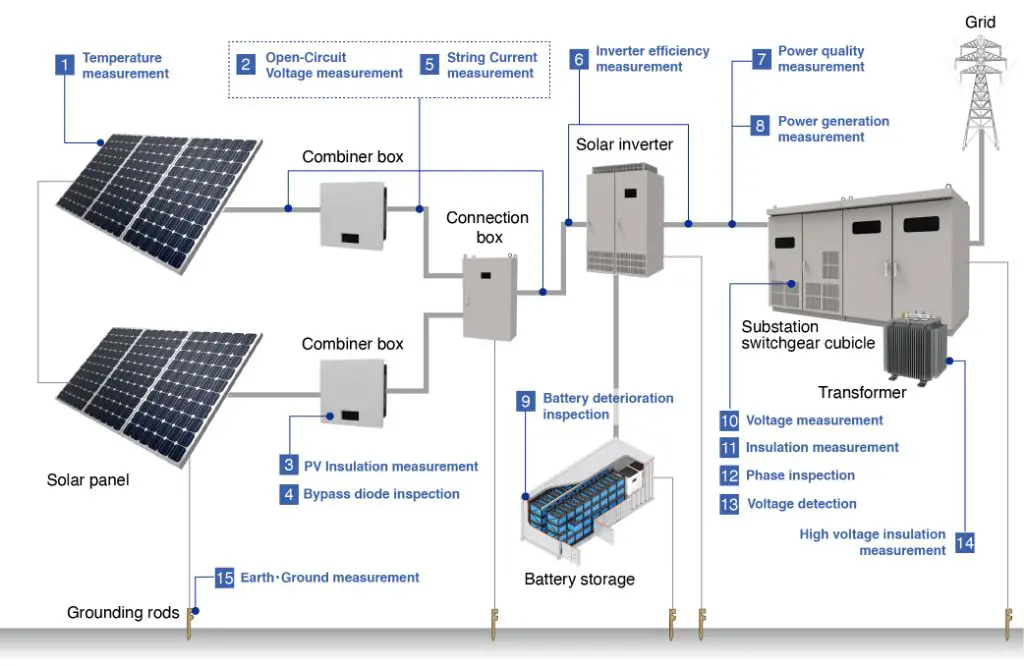
Large Home
For a larger 2,800 square foot home that uses 12,000 kWh per year, with the same conditions as above, the calculations would be:
- Yearly kWh usage: 12,000 kWh
- Hours of sunlight: 5
- Panel efficiency: 20%
- 12,000 kWh / (5 hours * 365 days * 0.2 efficiency) = 12,000 / 3,650 = 3.3 kW capacity needed
- 3.3 kW / 250W per panel = 13 panels
- 13 panels * 6.2 sq ft per panel = 81 sq ft of solar panels needed
This demonstrates how the solar panel area scales linearly with home size and energy use in these examples. Actual requirements depend on many factors.
Conclusions
Determining the solar panel area needed for a home is a complex calculation that depends on many factors. The most important takeaways are:
- Carefully calculate your home’s energy usage to determine the panel size needed for 100% solar power.
- Factor in your location’s average sunlight hours per day/year, which affects solar panel output.
- Look at solar panel efficiency ratings to estimate production capacity.
- Consider aesthetic preferences and future expansion plans when planning panel size and placement.
There is no universal formula to calculate exactly how many solar panels are needed for a home. Each home requires a custom calculation based on its unique energy use, location, roof size and layout. The best way to determine your specific solar panel requirements is to consult a solar installer and have them provide a detailed analysis of your home’s needs.
With careful planning and proper solar panel sizing, it is possible for many homes to meet 100% of their energy needs from solar power. But this requires an in-depth look at your individual circumstances. While generating your own solar electricity is worthwhile, be sure to get expert help planning your system size and specifications.

